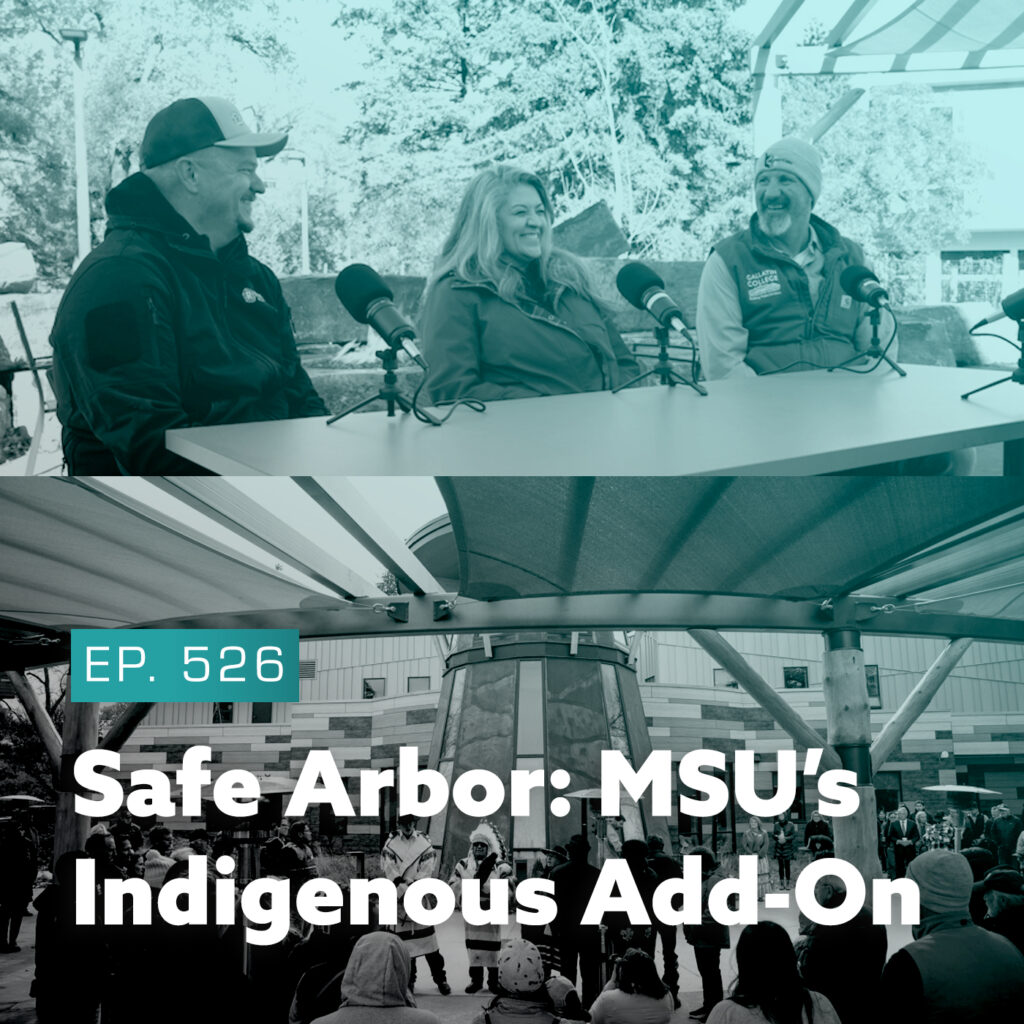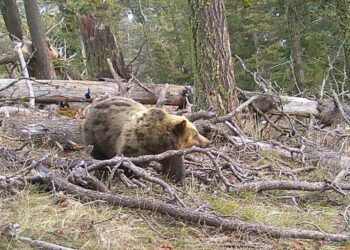By Dave Zinn EBS CONTRIBUTOR
I had the opportunity to attend several Snow and Avalanche Workshops this year listening to complicated equations that define fracture mechanics, how radar, lasers and drones will be used to detect snow depths and heard some interesting avalanche stories. I appreciate the folks working to answer complicated questions about snow and avalanches, and these research projects are cool. However, the secret to becoming an avalanche expert is learning the fundamentals and putting them into action every moment of every day in avalanche terrain.
Learning the fundamentals of avalanches and safe backcountry travel seems simple. The number of providers who offer high quality avalanche classes has exploded, and people are hungry for information. You will walk out of a good one-hour course knowing you should get your daily local avalanche forecast, obtain, and practice with an avalanche beacon, shovel, and probe, learn to identify avalanche terrain, assess for instability in the snowpack, and minimize your group’s exposure to avalanches.
These fundamentals save lives. First, get the avalanche forecast, which will describe the recent snow and avalanche history in your riding area, what to watch out for and what to do about it on that day (locally available at mtavalanche.com). If no avalanche center operates where you ski or ride, follow the forecast from the nearest one and know that it will take more effort to learn the snowpack. This can be a rewarding process. Share the information you gather with your backcountry community.
Second, get the gear and practice. Refrain from the dubious plan of rising to the occasion or learning on the fly. Practice searching with your modern, 3-antennae avalanche beacon. Time your friends as they transition from ski or ride mode to rescue-ready with their gear pulled out and assembled. In the event of an avalanche burial, we need to recognize the situation, access the debris pile, search, probe, and dig out the victim in less than 10 minutes to have a decent shot at survival. The clock is ticking.

Terrain is the constant in the avalanche equation. Avalanche terrain is any pitch steeper than 30 degrees or flatter areas immediately below steep slopes. Know the slope angle by purchasing a cheap slope meter (inclinometer) or using a digital map with slope angle shading. Include a safety margin of a few degrees to account for the error often associated with each tool. Not all avalanche terrain is equally dangerous. Slopes with terrain traps such as trees, gullies, rocks, and cliffs increase the consequences of an avalanche. We are not saying, “Don’t ever go into avalanche terrain,” but match your terrain choices to the avalanche danger for the day.
Keep your eyes open for signs of instability, these signs provide free information to anyone paying close attention. Recent avalanches are the number one sign the snowpack is capable of avalanching! Additional indicators are cracks shooting from your sled, collapses or “whumphs” in the snowpack, significant snowfall or wind drifting and periods of above-freezing temperatures. Digging a snowpit and testing the snowpack with an extended column test provides information if the obvious signs are not present.
Finally, minimize your exposure. We all make mistakes, so expose only one person at a time to steep terrain and watch that person from a safe location so you can perform a rescue if needed. Physically stop and plan before entering avalanche terrain. Everyone must be on the same page about identifying avalanche terrain and stopping before setting out for the day. Otherwise, inertia takes over the flow of your day and we may skip this critical step.
Unfortunately, in many avalanche accidents there is a fundamental rule of avalanche safety that was not followed. We break rules for many reasons: we are excited, have limited time, something looks like fun, want to impress our friends, get distracted, and get complacent. You name it, and we have all probably done it. However, our protocols only work if we follow them even when we don’t think we have to. So, if you want to ski, ride, or climb like an avalanche pro, learn the avalanche basics, and follow the guidelines every time you are in the backcountry.
Dave Zinn is an avalanche forecaster with the Gallatin National Forest Avalanche Center












